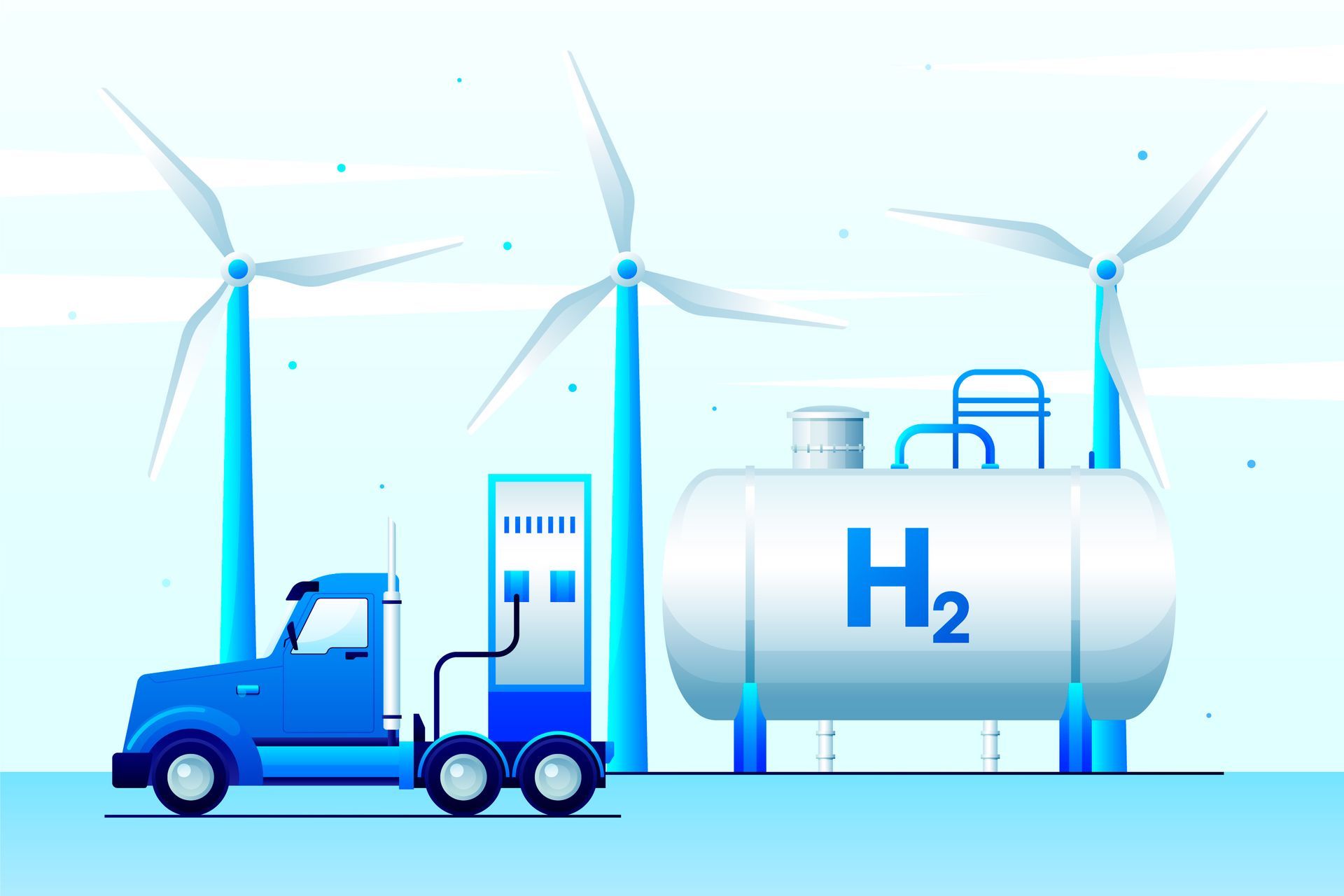Stem cell therapy for stroke Treatment
Grooming the future
With an average of at least one person worldwide suffering from a stroke every 45 seconds, it is clear that treatment options are needed.
The risk of developing strokes increases as you grow older but currently, 10-15% of stroke cases are observed in young people.
People who have suffered from a stroke have limited options for recovery; the devastating effects of a stroke leave patients struggling with disabilities physically related to smell, taste, or frequent memory gaps, and different chronic health issues.
In fact, of the over 800,000 people in the world who experience a stroke every year, about half are left with long-term effects.
Fortunately, recent advances in stem cell research may soon offer a solution for these debilitating conditions. Stem cell therapy remains an experimental treatment for stroke, but its potential is significant.
If you or someone you love has recently experienced a stroke, this article will answer some common questions about stem cell treatments for stroke treatment.
What is Stem Cell Therapy?
Strokes occur due to disturbance in the flow of blood due to either blockage in the artery or leaking or bursting of a blood vessel in the brain, which causes brain strokes. Other reasons for strokes are
- Diabetes
- Blood pressure
- Heart disease
- Cholesterol
- Obesity
- Smoking, etc.
Stem cells are the biological building blocks of all living tissue; they are also called regenerative cells that help the different damaged cells to regenerate into new and recovered cells.
They are unspecialized cells that can transform into a variety of specialized cells. This includes cells that are found in the brain — neurons.
While stem cells can be extracted from several parts of the body like bone marrow, blood, or umbilical cord (which parents nowadays are preserving for in-future use), they can also be created artificially. Once administered, they can transform into new neurons and repair damaged tissue.
In stem cell therapy, mesenchymal stem cells (these cells can renew and repair themselves) are systematically transferred during the treatment of the affected area and depending on how much damage has occurred. This process is called transformation and reprogramming.
How Does Stem Cell Therapy Work for Stroke?
Stem cell transplantation for stroke aims to repair the damage done by the stroke by replacing neurons that have been lost.
Neurons are specialized cells that communicate with each other to control all bodily functions.
They communicate using chemicals called neurotransmitters, which are essential for neurological function.
However, when blood flow to the brain is interrupted, these neurons may die from a lack of oxygen.
As a result, the victim may suffer from long-term disabilities such as paralysis, speech difficulties, and extreme sensitivity to light and sound.
Stem cell treatment for stroke works by replacing these neurons and restoring communication between the brain and spinal cord.
Michael Levy and colleagues’ study found that injection of allogeneic mesenchymal stem cells is effective in post-stroke long-term recovery.
How does Stem Cell Therapy help with Hemorrhagic Stroke and Ischemic Stroke?
Small obstructions cause ischemic stroke in blood vessels in the body, and hemorrhagic strokes are caused when there is bleeding in the parts of the brain.
Stem cell therapy for stroke is an investigational treatment that is still in the process of being developed. This means that the treatment is still being explored, and its efficacy must be fully determined.
While researchers are optimistic about the outlook for this treatment, it is still too early to tell how effective it will be at treating stroke.
The treatment is still standardized, and the best practices are being explored and tested. This is especially true for the different stem cell types and their administration method.
Researchers are currently experimenting with three main stem cell types. Patient outcomes may vary depending on which type of stem cell is used and where it is injected.
Mesenchymal stem cells have shown significant promise in treating stroke. They are extracted from the patient’s bone marrow or can also be transmitted from the donor of a matching stem cell that can potentially differentiate into a variety of different types of cells. Mesenchymal stem cells have shown the ability to repair brain and spinal cord damage and have shown potential in treating autoimmune diseases like diabetes or multiple sclerosis.
Embryonic stem cells (ESCs) and induced pluripotent stem cells (iPSCs) are also being explored as potential treatments for stroke.
However, with ESCs and iPSCs, ethical concerns are paramount. Because ESCs and iPSCs are created from human embryos, many people are concerned with the ethical implications of using these cells in research.
What are the eligibility criteria for stem cell transplant for stroke?
Stem cell therapies are still considered experimental treatments for stroke, so there are no standard eligibility criteria. That said, most doctors will accept recently experienced stroke patients.
For Ischemic Stroke patients, doctors will likely take patients who have completed the standard treatment course.
Hemorrhagic Stroke patients, however, may have a shorter window of time before treatment because in hemorrhagic stroke; the blood starts to accumulate in the brain, which is dangerous, and there are chances that the vessels may burst and the patient’s brain might stop working.
Generally, patients must be at least 18 years old, have sufficient stem cells, and have no other contraindications.
Contraindications are conditions that make a person ineligible for a specific treatment. They may include other medical conditions that are not fully resolved, an allergy to the treatment, or a history of cancer.
Additionally, researchers must take special precautions when using these cells, as they are more susceptible to contracting viral infections.
Promising Results in Potential Stroke Patients
Stem cell therapy is a favorable treatment that may be effective at treating stroke. While some studies have shown promising results in treating stroke, they still have a long way to go.
Researchers are still exploring the best practices for administering stem cell therapy and the types of stem cells that are most effective.
As research progresses, stem cell therapy may become a standard stroke treatment.
If so, patients may have the option to participate in stem cell therapy or to receive a standard treatment. Currently, the only stem cell treatment options available are experimental.
However, patients may benefit from participating in future studies as researchers explore the most effective ways to administer stem cells.
While researchers explore the options, patients may want to consider other treatments.
Stem cell therapy is an experimental treatment that has the potential to be effective at treating the following:
- Stroke
- Cancer
- Diabetes
- Alzheimer’s burns
- Heart disease
And diseases related to bones are some conditions for which stem cell therapy is used.
This treatment is still being explored and standardized, and the best practices are being tested. The treatment options are limited to experimental trials and not yet available to the general public.
While patients have few treatment options available now, they may benefit from participating in future studies as researchers explore the most effective ways to administer stem cells.
More articles!

By EuroScientist Editor
•
07 Sep, 2023
Hydrogen fuel can be made from wood waste in a clean and cost-efficient way at heat and power plants – and its developers hope it could change the narrative around this sometimes-controversial solution. By Steve Gillman & Fintan Burke The costs of scaling up hydrogen power, along with the potential amount of energy and natural resources to produce it, have seen this fuel source face increased scrutiny as a solution against climate change. “The majority of our electricity and hydrogen is produced from fossil fuels. This, of course, is not sustainable as it contributes to climate change,” said Michael Bartlett, a founder of Phoenix Biopower, a company that turns natural waste into combustible gas, like hydrogen. As part of a research project called Bio-FlexGen, Bartlett is developing ‘green hydrogen’ from biomass waste from the forestry sector. “Our ultimate goal is to provide a secure, renewable and low-cost energy for society and industry,” he adds. Bio-FlexGen, and its multidisciplinary team of 14 partners from five EU countries, aim to provide the technology for combined heat and power plants (CHP) that can also generate a supply of green hydrogen in addition to usual outputs of electricity and heat. To make green hydrogen, Bio-FlexGen will use a combination of two main technologies – a gas turbine and a gasifier. First, waste biomass is added in a gasifier at pressure and heated up to 850 Celsius – a temperature so hot that it releases other gases, mainly hydrogen, methane, and carbon monoxide. The next step sees water and steam added to cool before it passes through a cleaning filter. “Once we have cleaned up the gases from the gasifier, we can either send it to the gas turbine for combustion and electricity generation or to a hydrogen production unit,” said Bartlett, adding that this process gives “enormous power” and efficiency to the CHP plant. The high temperatures of this process, over 1400 Celsius in the gas turbine combustor, also result in greater power generation. To ensure a high efficiency, the system is designed to gather waste heat and recycle it back into the gas turbine in the form of hot steam. This, Bartlett says, can result in double the electricity output that is typical for a given amount of biomass. The new approach means the CHP plant then has three modes of operation; 1/ produce heat and electricity efficiently from biomass in the winter 2/, produce green hydrogen and biogenic CO2 from biomass in the summer 3/ utilise hydrogen in the gas turbine for peak power. This flexibility means it can help keep costs low and stable and complements the hourly, weekly and seasonal variability of solar and wind power. Converting critics and pushing EU hydrogen plans ahead Bio-FlexGen’s systematic approach to incorporating green hydrogen could go a long way in negating the main arguments against this renewable energy, primarily the amount of natural resources it requires for its production. According to Rystad Energy, 620 million cubic meters of water are needed to produce 85% of the green hydrogen capacity planned for 2040. However, environmental groups like Greenpeace argue that renewable power alone is not enough to produce the needed amount of green hydrogen. If anything, they claim this may end up increasing fossil fuel demand. But Bio-FlexGen’s green hydrogen production utilises oxygen to drive the gasification process, itself a by-product of green hydrogen production from wind and solar power. “The main advantage of getting hydrogen from biomass compared to wind or solar is that it has less variability and is not dependent on electricity price,” said Bartlett. “It also requires less H2 storage (you store biomass instead) for when the wind doesn't blow.” When producing electricity from biomass in the CHP plant, a lot of steam is needed in the gas turbine for the best effect. In fact, 50% of the exhaust is just water vapour. This water is recovered, treated and recycled back to this process, and an excess of clean water can even be produced for other consumers. When this water is recovered, it also generates large amounts of heat, which the project can use further in district heating networks or other processes. In this way all the energy in the biomass is efficiently used. “We are working very hard to ensure that we are part of a circular biomass utilisation and that we are using hydrogen in the safest possible way,” explains Bartlett, adding that the project will make a “significant contribution to the decarbonisation of the energy system”. The first commercial plant using Bio-FlexGen’s approach is planned for 2030, in which the power plant will operate on biomass in the winter months and use 100% green hydrogen in the summer months, therefore displacing demand for fossil fuels in peak periods – a goal increasingly shared by EU policymakers. Following the war in Ukraine, and the embargo on Russian oil imports into the EU, the European Commission outlined a ‘Hydrogen Accelerator' concept to scale up renewable hydrogen deployment. This ‘REPowerEU Plan’ wants the EU to produce 10 million tonnes of renewable hydrogen by 2030, with the Commission recently proposing criteria that Member States can follow to ensure they produce green hydrogen, including that it only be produced when and where sufficient renewable energy is available. As BioFlexGen’s power plant will operate with up to 100% green hydrogen from solar and wind, with an optimised combination of bioenergy, it is already on course to meet these criteria. Bartlett also believes that the project has brought together “amazing, competent people” that can play a key role in developing green hydrogen further.

By EuroScientist Editor
•
07 Sep, 2023
Author: Jane Marsh Scientists are researching a theory known as positive climate tipping points. While most people talking about tipping points concentrate on their negative consequences, such as irreparable harm to ecosystems, positive tipping points provide a ray of hope. These points may result in favorable and constructive changes to our planet's climate system as the effects of climate change continue. Learn more about the idea of positive climate tipping points, consider their possible advantages and discuss their significance in understanding and tackling the problems caused by climate change. Understanding Tipping Points To fully understand positive climate tipping points, it is essential first to understand what tipping points are. Tipping points are key thresholds in a complex system where a minor change can cause significant and sometimes irreversible changes in the system's behavior. Harmful climate change tipping points may be the first type that comes to mind. These relate to occurrences like the melting of significant ice sheets or the disruption of essential ocean currents, which can have quick and harmful repercussions. However, there are also positive tipping points that may shape the future climate. Positive Climate Tipping Points Unlike negative climate tipping points, positive ones can increase ecosystem resilience and bring about encouraging changes. These turning points take place when certain environmental activities or changes trigger self-reinforcing mechanisms that improve the earth's capacity to absorb carbon dioxide, lower greenhouse gas emissions or support the preservation of vital habitats. Forest preservation and restoration is one illustration of a favorable climate tipping point. As forests grow and recover, they sequester a greater amount of carbon dioxide, which lowers the levels of greenhouse gases in the atmosphere. This process creates a positive feedback loop that encourages greater forest development and improves the ability of these ecosystems to control the temperature. Relevance and Implications of Positive Tipping Points Positive climatic tipping points must be recognized and utilized for mitigation and adaptation initiatives to succeed. Scientists and decision-makers can create targeted interventions to improve the planet's resilience and lessen the effects of climate change by identifying and utilizing these tipping points. Climate tipping points can also encourage and inspire group action. They provide concrete instances of how individual and group activities, such as reforestation programs, sustainable land management techniques and ecosystem restoration projects, can significantly contribute to the fight against climate change. The general public may take inspiration in carrying out sustainable behaviors or supporting laws that help effect positive change. Emphasizing these positive tipping points' potential advantages and ripple effects encourages individuals at all levels. While positive climate tipping points have great potential, it is important to recognize that our understanding of them is still developing. Further research is necessary. These tipping points require identification, monitoring and measurement, which demands continual study and scientific cooperation. Scientists use advanced modeling approaches and thorough data analysis to find potential positive tipping points across different ecosystems. Researchers are also looking into how positive and negative tipping points are connected. Scientists can create comprehensive plans to negotiate the intricacies of climate change and maximize beneficial results by thoroughly comprehending the relationships between these tipping points. Positive Climate Tipping Points Could Be a Game-Changer Positive climate tipping points demonstrate optimism in the fight against climate change. If people locate and utilize these tipping points, we may be able to develop self-reinforcing mechanisms that positively affect our planet's climate system. Scientists, decision-makers and people can take proactive measures in climate change prevention and adaptation by comprehending the significance of positive tipping points and their potential ramifications. The complexity of positive climate tipping points must be further understood through ongoing research and monitoring projects to successfully navigate the challenges of climate change and create a more resilient and sustainable future.

By EuroScientist Editor
•
18 Jul, 2023
It’s no secret that the planet is getting warmer, but July 2023 saw record-high temperatures that really turned heads. 2023 is an El Niño year — in addition to human-caused climate change, the Earth is undergoing an expected cycle of exceptionally warm weather that occurs every few years.
This double whammy has many people reaching for their water bottles and cranking up the AC. Why are scientists so worried about the heat?

By EuroScientist Editor
•
03 Jul, 2023
Hydrogen fuel cells have garnered a lot of attention recently. As the global conversation shifts to emissions-free energy, many people want to know how fuel cells work, whether they could replace internal combustion engines someday and if they can power homes. Here are answers to common questions about the technology.



